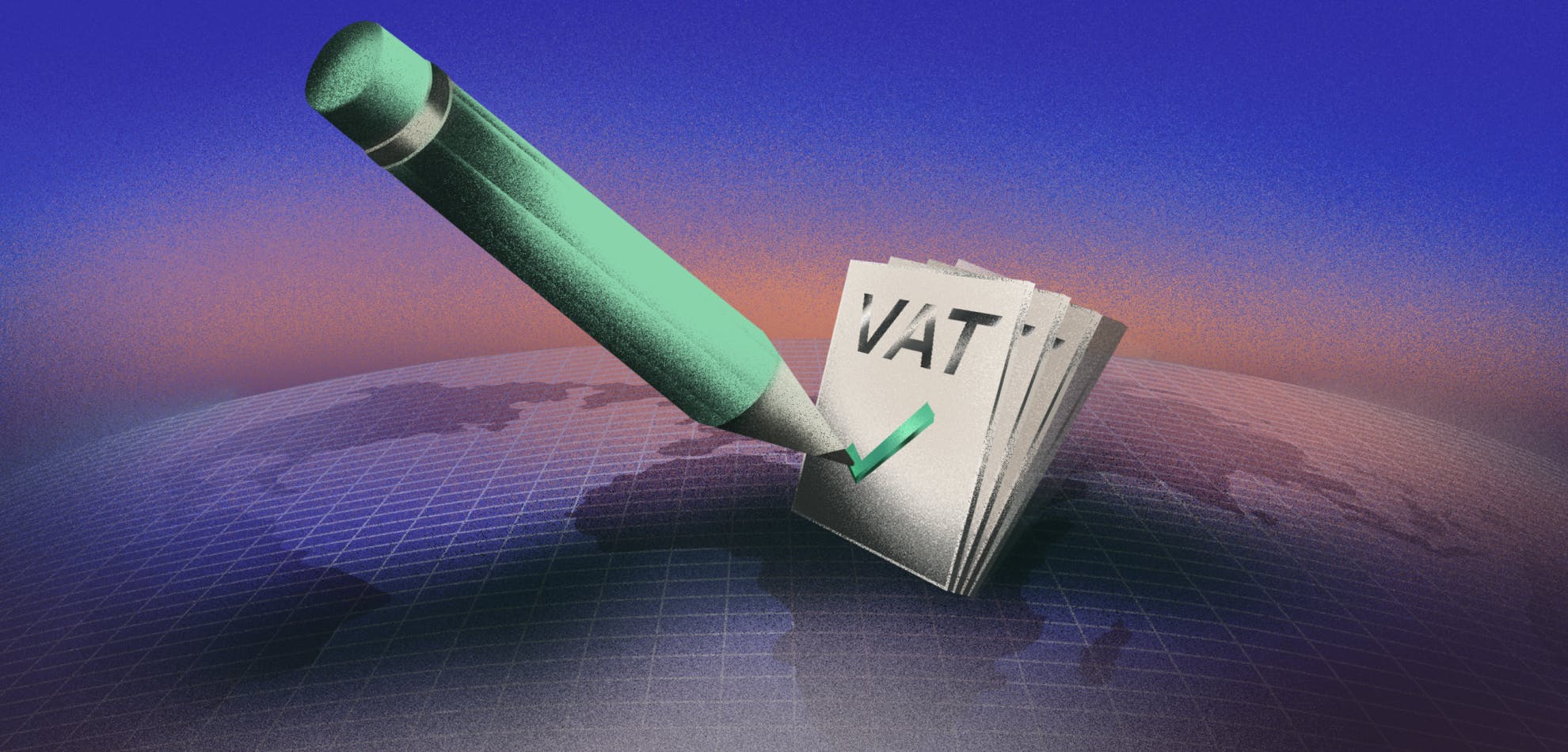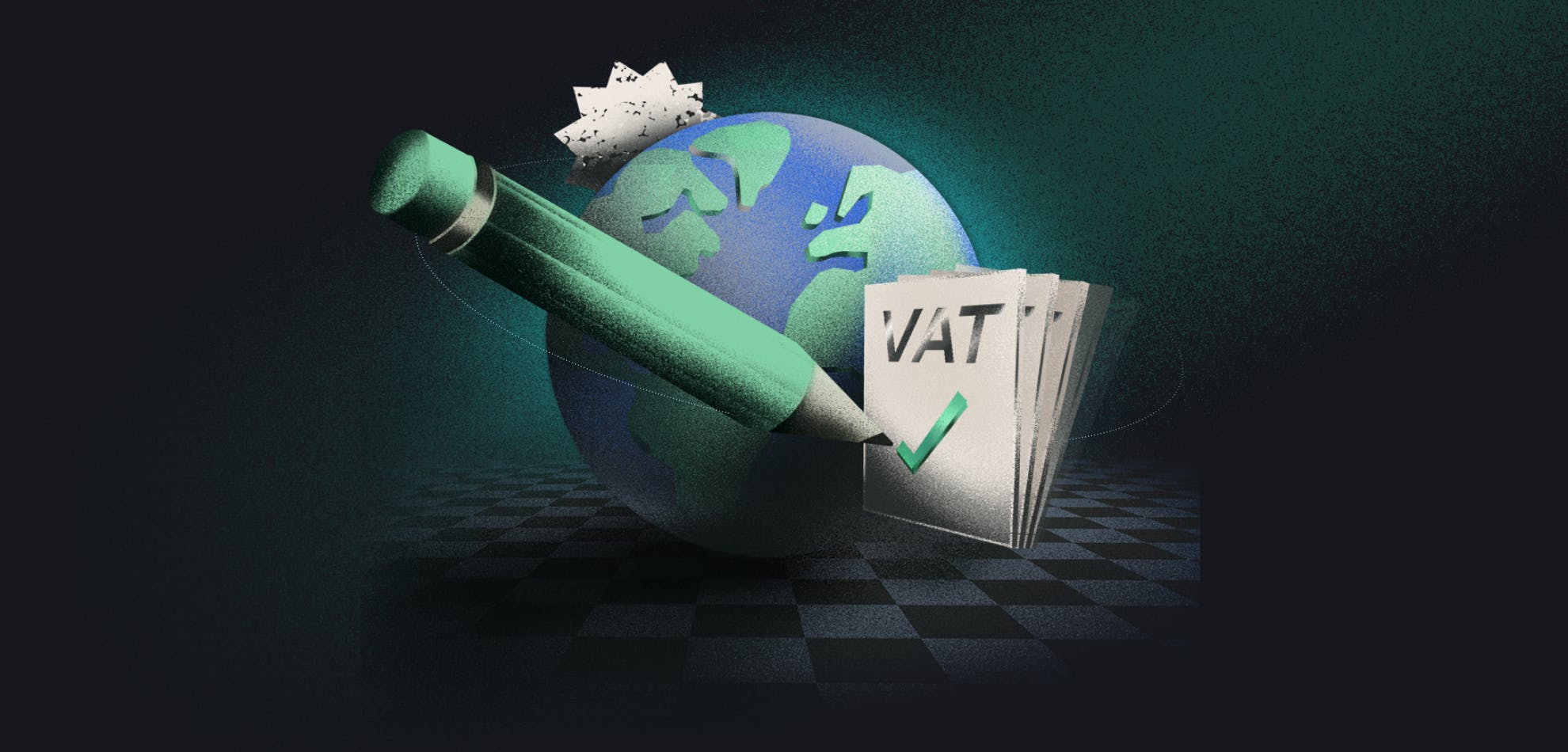Welcome to Part One of Selling SaaS Globally, a practical handbook for SaaS leaders looking to scale their business globally.
Finance leaders play a pivotal role in international expansion. As the position of the CFO continues to evolve, their input on strategic growth decisions is increasingly important. The teams that line into CFOs control the infrastructure that supports key operations including accounts payable and receivable, payroll, and tax. Without confidence in that team and infrastructure businesses cannot operate, let alone scale.
With so much at stake, where should finance, legal, and operations teams focus their attention to set themselves –and the business – up for success?
Two important areas to prioritize are payments and compliance.
Payments infrastructure for selling SaaS globally
To sell globally, you need a payments infrastructure that enables you to route and ultimately accept payments efficiently by:
- Taking and receiving payment in different locations and across borders
- Taking payments in different currencies
- Supporting local payment methods
Why is this a challenge?
Payment failure issues and foreign exchange (FX) fees result in lost revenue and involuntary customer churn.
While payments fail for a variety of complex reasons, the risk increases as you scale internationally. Thanks to longer payment chains and a lack of relationships between banks, there’s less trust. That increases the likelihood that legitimate transactions will be falsely flagged as fraudulent.
Longer payment chains also result in additional costs. Making a payment across borders requires the involvement of more parties to process the transaction, each responsible for transferring the money a part of the way. Each of those parties charges a fee. Once you add on FX fees for converting one currency into another, overheads start to creep up.

How to solve the problem
Improving your payment acceptance rate and reducing transaction fees can help you capture more revenue – and avoid customers churning unnecessarily. There are a few different ways to do this:
1. Use a payment processor
Businesses commonly use payment processors, like Stripe or Braintree to manage transactions. Payment processors are responsible for managing the payment transaction process – sitting between the bank and the merchant and moving funds between them.
What are the benefits?
Payment processors usually help you present your checkout, providing an interface for customers to enter their card details or select an alternative payment method.
They then facilitate the transaction itself and streamline the process, optimizing against some of the common issues that cause payments to fail. These include inconsistent data formatting and anti-fraud checks.
Some payment processors also provide functionality like subscription management and chargeback protection.
Things to consider
Payment processors aren’t comprehensive. While they usually cover a range of payment methods, they won’t cover them all. To support a more extensive range of local payment methods across territories, you’ll need to integrate with a number of different providers.
Likewise, additional functionality and services – including cross-border payments and FX – usually come at additional cost. Although standard transaction fees might look low, they can start to spiral as you scale.
2. Set up local bank accounts
Setting up accounts with local banks in territories can help you overcome some of the common causes of payment failures, like miscommunication and longer payment chains.
What are the benefits?
Payment failure is more likely when acquiring banks (those receiving money) and issuing banks (those sending money) are in different countries. Using acquiring and issuing banks in the same country – i.e. banking where your customers are – can help.
Using local acquiring banks can increase payment acceptance rates by 20% for new customers and 3% for subscriptions and renewals.
Things to consider
It’s not a quick fix. Setting up a local bank account in every new geography is resource-intensive and can take months.
You won’t be seen as a trusted seller by issuing banks even with a local banking entity until you’ve built up significant payment volumes.

3. Sell through a merchant of record (MoR)
A merchant of record (MoR) sits between you and your customers, essentially acting as a reseller. It is the legal entity responsible for selling goods or services to the end customer. Increasingly, SaaS companies are turning to MoRs to manage the end-to-end billing and sales process.
What are the benefits?
MoRs manage the entire sales process, not just the transaction. They are responsible for everything from the checkout, to the transaction, to returns and chargebacks. They also manage compliance and are the party held liable for sales tax.
MoRs already have large payment volumes, relationships with payment processors, international merchant accounts and payment entities, and their own built-in fraud prevention mechanisms. This infrastructure reduces the risk of payment failure and saves you the hassle of setting these tools and processes up yourself.
Things to consider
The MoR handles certain touchpoints with the customer. This means less work, but also less control over some parts of the customer experience. That said, you will remain in control of how you present, price, and package your product and your ongoing relationship with your customers.
Similar to payment processors, using an MoR also means that when your revenue reaches you is dependent on payout schedules.

Global sales tax compliance
To sell globally, you need a robust process for registering for, filing, and remitting sales tax payments. This involves:
- Monitoring changes in local and international tax rules
- Accurately calculating how much tax is due in each geography
- Filing and remitting your payments in accordance with the local tax authority’s schedule
Rarely does a software founder start out considering tax compliance, yet when you grow successfully and internationally, it quickly becomes a serious and complex issue. Startups soon end up tripping over the sales tax thresholds in various countries, forcing emergency hires and reactive investments, attracting fines from various jurisdictions
Will Southgate, Finance Director, Notion Capital
Why is this a challenge?
Custom regulation has now been introduced in more than 40 countries governing sales tax for digital goods, software, and SaaS products.
Sales tax thresholds, rates, and periods vary not only between countries but also between the different jurisdictions within them. Filing systems and processes also differ – LATAM uses electronic invoicing, while Japan requires you to work with local agents to file your taxes.
The USA alone has 11,000 different tax jurisdictions. Here, sales tax rates and thresholds vary across different states, cities, and – in one case – even a large McDonald’s.
This degree of variation makes it very difficult to keep on top of your obligations or automate processes for meeting them. And changes to tax regulations are ongoing. Monitoring the landscape and ensuring processes are aligned to new rules can become a full-time, multi-person job. While it’s theoretically possible to manage in-house, sales tax takes a huge amount of energy and can soon become overwhelming for lean, scaling teams.
38% increase in the size of EY’s annual Worldwide VAT, GST, and Sales Tax Guide, from 1,300 pages in 2019 to 1,800 in 2022
Source: EY Worldwide VAT, GST, and Sales Tax Guide
How to solve the problem
Putting tools in place can save additional headcount costs, and reduce your risk of being hit with expensive non-compliance penalties. Two options to manage the burden are:
1. Use sales tax software
Sales tax software provides tools that help you understand how much sales tax you owe by automating the calculation process. It can be used by your in-house team or by independent agents.
What are the benefits?
Implementing software to automate repetitive manual tasks is much cheaper and more scalable than hiring full-time staff.
It makes it easy to calculate tax owed across different jurisdictions and stay up to date with any changes to regulations, saving time and giving you confidence when it comes to filing.
Things to consider
While software can calculate tax owed, it can’t automate filing or payment due to the variations in rates and processes across jurisdictions.
Tax software doesn’t take on liability, either. If there’s a mistake in your returns, you’re still responsible for penalties.

2. Sell through a merchant of record
As a reseller, the MoR is the legal entity responsible for transactions and, as such, takes responsibility for any sales tax liability on those transactions.
What are the benefits?
As the liable party, the MoR is responsible for calculating, filing, and remitting sales tax. That saves your business hours of manual work and removes risk. It also helps keep your books ‘clean’, which is valuable during the due diligence process that forms part of fundraising or IPO.
Things to consider
In order to become the liable party, the MoR needs to appear on certain payment receipts or statements. However, this doesn’t usually impact the conversion rate and due to optimized payment processes developed by the MoR, payment acceptance is likely to increase overall.







